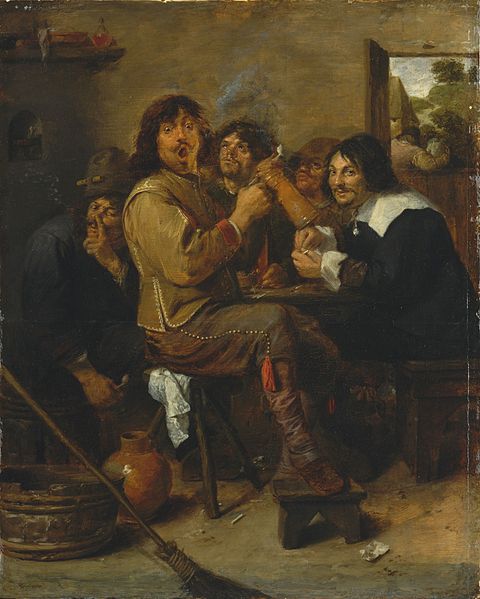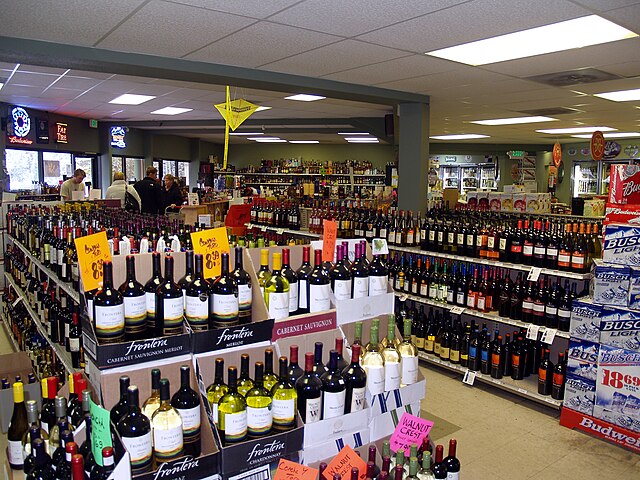Recreational drug use is the use of one or more psychoactive drugs to induce an altered state of consciousness, either for pleasure or for some other casual purpose or pastime. When a psychoactive drug enters the user's body, it induces an intoxicating effect. Recreational drugs are commonly divided into three categories: depressants, stimulants, and hallucinogens.
The Smokers, a 1636 portrait by Adriaen Brouwer
Drinking Man and an Old Smoking Man, an 18th-century portrait by anonymous author
L'Absinthe, an 1876 portrait by Edgar Degas
Bhang eaters from India, c. 1790; Bhang is an edible preparation of cannabis native to the Indian subcontinent. It has been used in food and drink as early as 1000 BCE by Hindus in ancient India.
A psychoactive drug, psychopharmaceutical, psychoactive agent, or psychotropic drug is a chemical substance that changes the function of the nervous system and results in alterations of perception, mood, cognition, and behavior. These substances have various applications, including medical use like psychedelic therapy, recreationally, or for spiritual reasons. Some categories of psychoactive drugs may be prescribed by physicians and other healthcare practitioners because of their therapeutic value.
An assortment of psychoactive drugs, including both street drugs and medications: Cocaine Crack cocaine Methylphenidate (Ritalin) Ephedrine MDMA (ecstasy) Peyote (mescaline) LSD blotter Psilocybin mushroom (Psilocybe cubensis) Salvia divinorum (salvinorin A) Diphenhydramine (Benadryl) (Unscheduled drug) Amanita muscaria mushroom (muscimol) Tylenol 3 (acetaminophen/codeine) Codeine with muscle relaxant Pipe tobacco (nicotine) (Unscheduled drug) Bupropion (Unscheduled drug)
Alcohol is a widely-used psychoactive drug. The global alcoholic drinks market was expected to exceed $1 trillion in 2013. Beer is the world's third-most popular drink, after water and tea.
Zoloft (sertraline) is an SSRI antidepressant.
Historical image of legal heroin bottle








